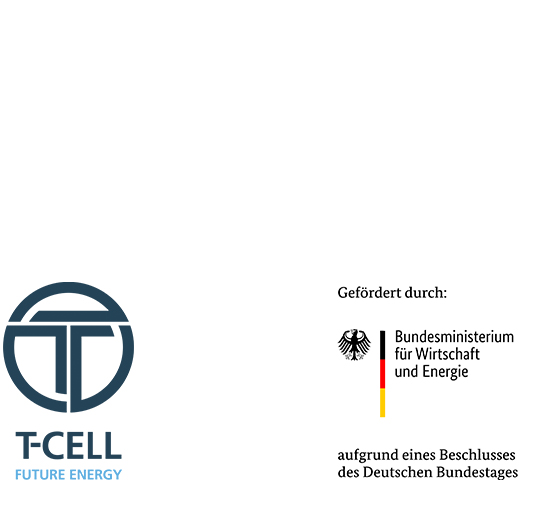Economy With the withdrawal from nuclear and coal power, Germany has an energy deficit of over 220 TWh per year. The T-cell is helping to serve this potential straight away and to contributes to the market launch of hydrogen as the energy source of the future.

Its multifuel capability makes the T-cell a sustainable investment that can be used immediately, which will make a significant contribution to the market launch of hydrogen technologies. It is more compact, more efficient, more attractive and more flexible than the international competition.
Together with the regional creation of jobs in production and service as well as the market potential in the energy sector, the resulting cost reduction for the energy revolution represents a great opportunity for the national economy.
In the course of the energy revolution, around 50% of the electrical energy provided by large power plants will be withdrawn from the market and total power plant output will be reduced by 25%. Not only is sustainable balancing of the energy budget necessary as such; the existing infrastructure also needs to be augmented and optimised.
Its compatibility with the existing gas network enables the T-cell to meet both challenges immediately. When connected to the existing infrastructure, the power production is both highly dynamic and targeted. This means any gigawatt capacity installed can be fully exploited at any time but also quickly shut down at times of low demand. In the long term, the T-cell combines the reliability of coal supply with the sustainability of green gas combustion, adapted precisely to present demand. Initial test plants will be operational as soon as in 2023, so that readiness for implementation on an industrial scale can be achieved as soon as possible.

